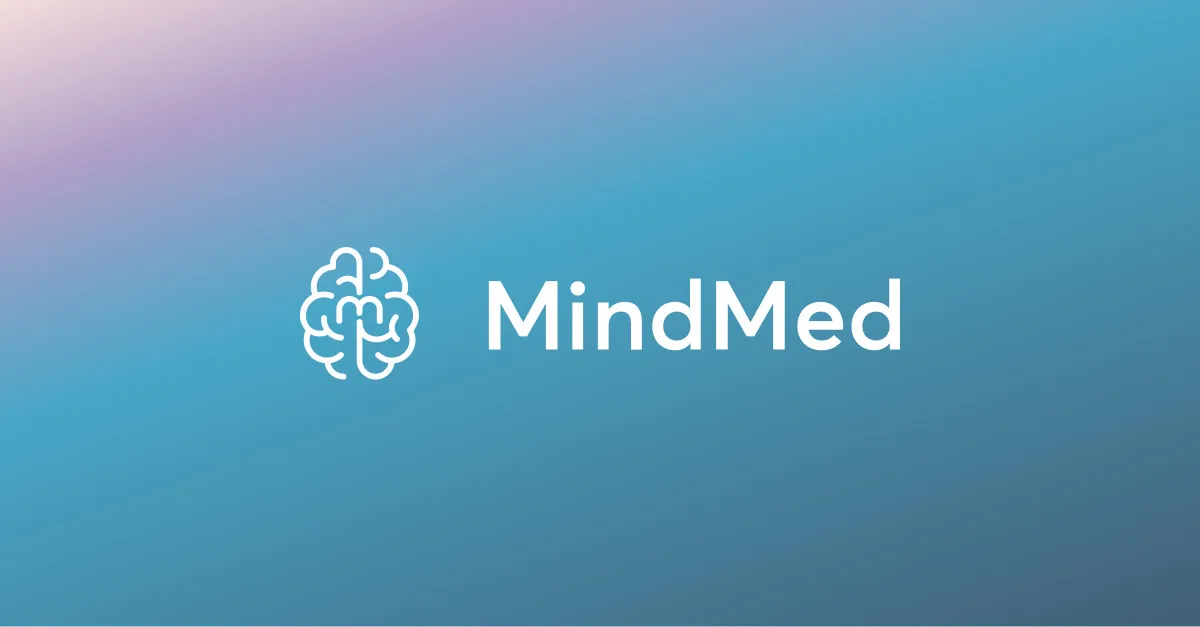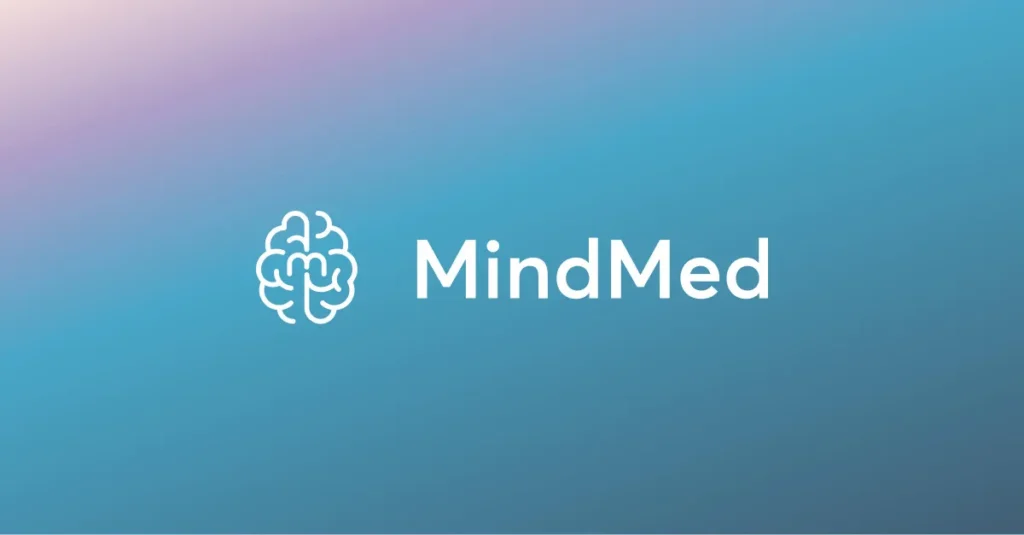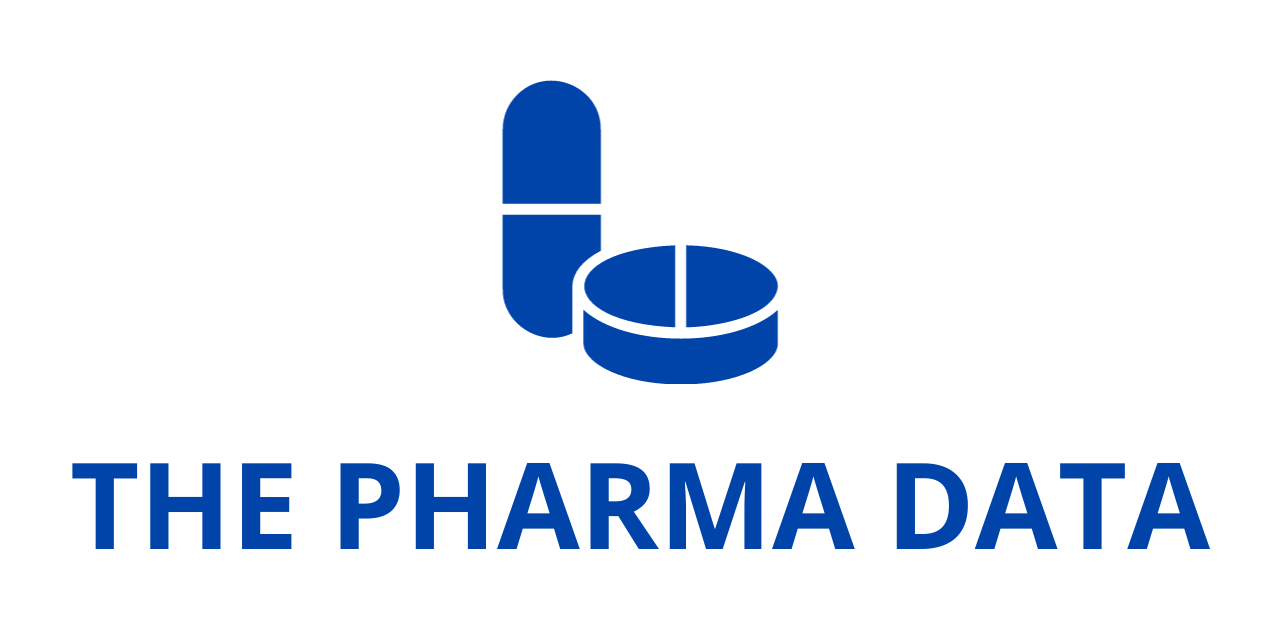
MindMed Presents Alarming Data on Suicidal Ideation Among Adults with Generalized Anxiety Disorder at Psych Congress 2025
Researchers from Mind Medicine (MindMed) Inc. (NASDAQ: MNMD), a late-stage clinical biopharmaceutical company pioneering the development of novel product candidates for brain health disorders, unveiled striking new findings at the Psych Congress 2025. The results stem from a large-scale, cross-sectional retrospective study leveraging data from the 2022 National Health and Wellness Survey (NHWS), which included responses from more than 75,000 adults across the United States.
The analysis shined a light on the close and troubling relationship between generalized anxiety disorder (GAD) and suicidal ideation (SI), suggesting that individuals struggling with GAD — particularly those with more severe symptoms — are at significantly higher risk of experiencing thoughts of suicide compared to the general population.
Key Findings from the Study
The data painted a stark picture:
- Nearly half (48%) of respondents experiencing severe GAD symptoms reported dealing with suicidal ideation almost every day.
- Among individuals with moderate GAD, 78% acknowledged having SI in the past two weeks. For those with severe GAD, the number climbed to 91%.
- Comorbid mental health conditions worsened the picture. 65% of respondents with GAD also reported symptoms of major depressive disorder (MDD). In these dual-diagnosis cases, the SI burden remained troublingly high: 75% with moderate GAD and MDD reported SI, while the figure rose to 85% for those with severe GAD and MDD.
The findings highlight that GAD, often overshadowed in suicide prevention discussions by depression, is a significant and independent driver of suicide risk.
Suicide as a Public Health Crisis
Suicide remains one of the leading causes of death among U.S. adults younger than 44 years old, making it a top public health concern. Suicidal ideation — defined as thinking about or planning suicide — is often an early indicator of suicidal behaviors. Addressing SI is therefore considered a critical step in suicide prevention efforts.
Despite the urgent need, suicide risk screening practices are still inconsistent, and many patients with anxiety disorders do not receive adequate monitoring or intervention. While major depressive disorder (MDD) has long been the focus of most suicide-related research, generalized anxiety disorder (GAD) is often underestimated in terms of its connection to suicide risk.
Expert Perspective
Dr. Erin Ferries, Ph.D., lead author of the study and Head of Healthcare Economics Outcomes Research (HEOR) at MindMed, emphasized the importance of the new findings.
“While suicidal ideation has been extensively studied in people with MDD, far less is known about its impact on those with GAD with or without comorbid MDD. These findings highlight the urgent need to address the gaps in routine suicide risk screening, particularly among people living with GAD and MDD, as SI appears to be more prevalent in these individuals than previously understood.”
She MindMed added that the study’s release during Suicide Prevention Month underscores the responsibility of the healthcare community to act decisively:
“Stronger identification and timely, targeted interventions are essential to reaching those most at risk — and may help save lives.”
Broader Population-Level Insights
In addition to insights focused specifically on GAD, the study revealed broader concerns about suicidal ideation across the U.S. population:
- Nearly one in three U.S. adults (28.4%) reported experiencing SI.
- The highest SI rates were observed among:
- Men (33%)
- Young adults (18–34 years) (47.5%)
- Hispanic individuals (47.6%)
- Students (42.9%)
Furthermore, about 23% of the surveyed population reported experiencing moderate or severe GAD symptoms, suggesting a substantial portion of U.S. adults may be navigating both anxiety-related impairment and elevated suicide risk simultaneously.
Why This Matters: The Overlooked Burden of GAD
Generalized anxiety disorder is one of the most common mental health conditions worldwide, characterized by persistent and excessive worry, restlessness, difficulty concentrating, and often physical symptoms such as muscle tension or sleep disturbances. Although treatable, GAD frequently goes underdiagnosed or undertreated.
The study makes clear that GAD is not simply a condition marked by chronic worry but also one that carries serious risks for suicidal thoughts, even in the absence of depression. This challenges existing assumptions and highlights the necessity of broadening suicide prevention strategies to include anxiety disorders as a primary risk factor, not just a secondary one.
Implications for Clinical Practice
The implications of MindMed’s findings are profound for clinicians, policymakers, and public health leaders:
- Routine Screening Expansion
Suicide risk assessments should be expanded to patients with anxiety disorders, not limited to those diagnosed with depression. Routine clinical visits for GAD patients should include structured screening tools to detect early signs of SI. - Comorbidity Awareness
Clinicians must pay particular attention to individuals presenting with both GAD and MDD, as the overlap significantly compounds suicide risk. - Targeted Interventions
Tailored therapeutic approaches — including psychotherapy, pharmacological interventions, and crisis support systems — are critical to addressing the dual challenges of anxiety and suicidal ideation. - Public Health Outreach
Broader awareness campaigns may help reduce stigma, encourage individuals to seek help earlier, and increase the likelihood of timely interventions.
MindMed’s Broader Mission
MindMed, as a clinical biopharmaceutical company, is deeply focused on advancing treatments for brain health disorders. Beyond the data presented at Psych Congress 2025, the company is actively engaged in the development of innovative therapies — including psychedelic-inspired medicines — to address unmet needs in mental health care.

This retrospective analysis aligns with MindMed’s mission to improve understanding of brain disorders, generate robust real-world evidence, and advocate for policy and clinical practice changes that reduce preventable harm, such as suicide.
Moving Forward: A Call to Action
The MindMed study not only adds to the scientific understanding of mental health but also serves as a call to action for multiple stakeholders:
- For healthcare providers, the message is clear: screen earlier, screen more broadly, and intervene more effectively.
- For policymakers, investment in accessible mental health resources and crisis services is essential to reduce the burden of suicide.
- For researchers, the findings underscore the importance of conducting further studies that explore the biological, social, and psychological mechanisms linking GAD and suicidal ideation.
Ultimately, MindMed’s analysis amplifies the need to redefine suicide prevention strategies in the U.S. and globally, ensuring that GAD is recognized as a key factor in suicide risk — not a peripheral one.
The presentation of MindMed’s retrospective study at Psych Congress 2025 marked an important contribution to the ongoing conversation about mental health and suicide prevention. The data highlights the alarming prevalence of suicidal ideation among adults with generalized anxiety disorder, both with and without comorbid depression, and points to significant gaps in current screening and intervention practices.
As suicide continues to rank among the leading causes of death for younger adults, the healthcare community faces mounting pressure to respond. By bringing attention to the overlooked role of GAD in suicide risk, MindMed’s research provides both evidence and urgency for change. With better recognition, earlier screening, and targeted interventions, the findings hold the potential to inform practices that could ultimately save countless lives.





